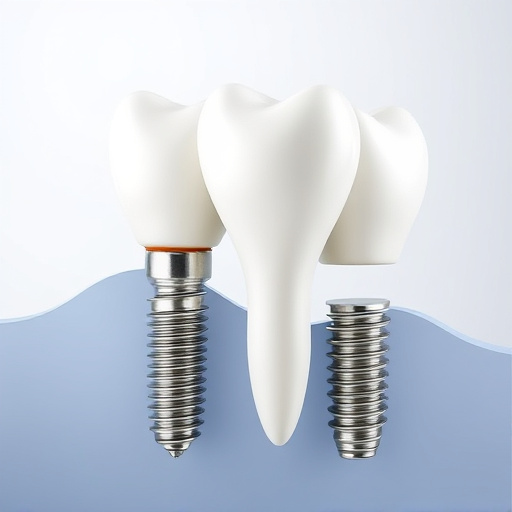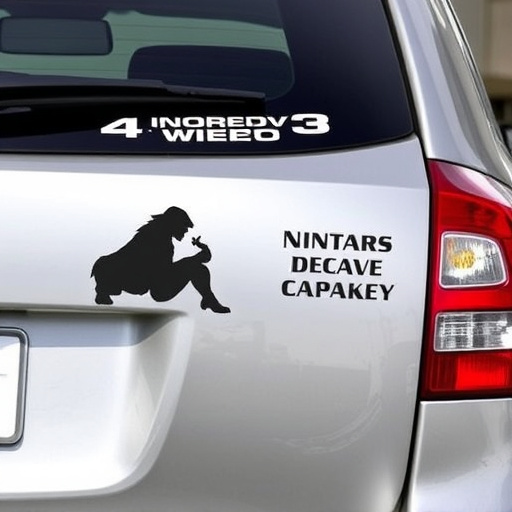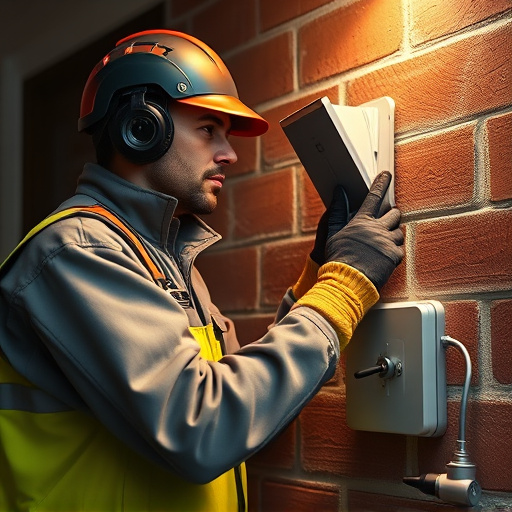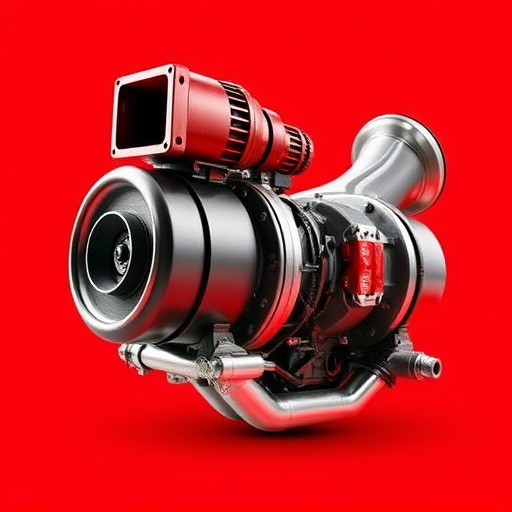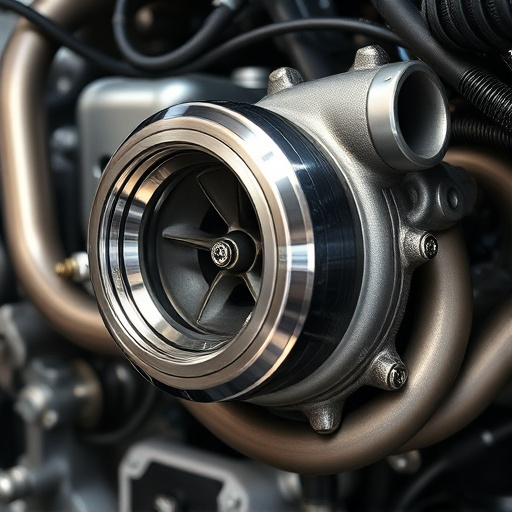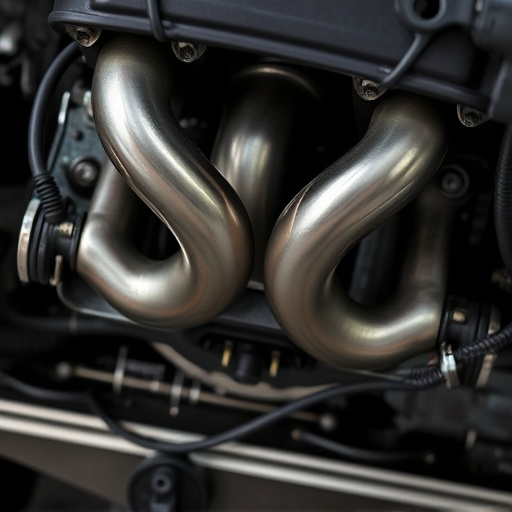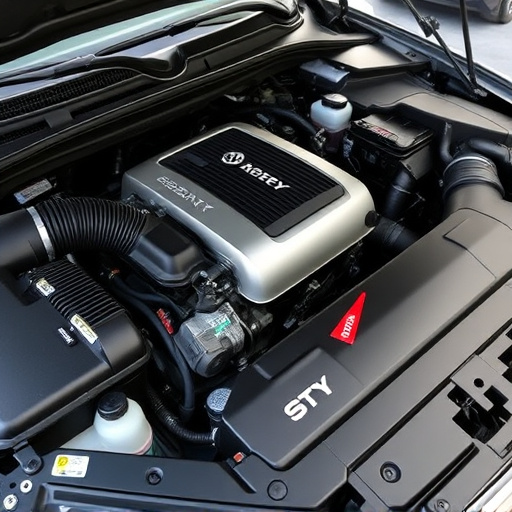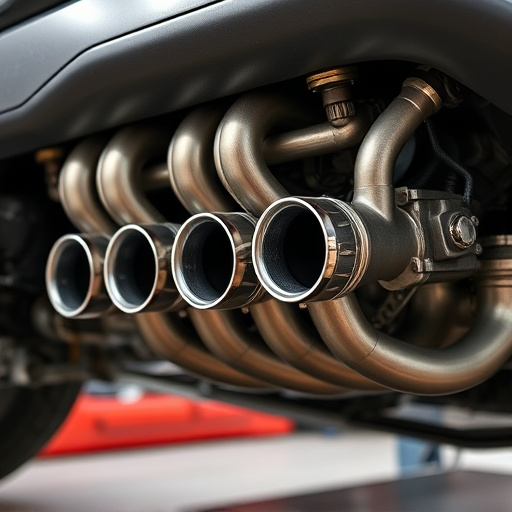The brake master cylinder (BMC) is a critical component in a vehicle's braking system, requiring regular inspection for leaks or hydraulic failure. Timely replacement of worn parts and suitable maintenance prevent major issues, ensuring optimal braking performance and enhanced vehicle safety. This guide emphasizes the importance of assessing damage, using appropriate repair kits or replacing the BMC with high-quality aftermarket parts, while promoting regular maintenance practices to avoid escalation of minor problems. Prioritizing safety and following simple steps extend the life of the BMC, contributing to safer driving experiences.
“Uncover the secrets to repairing minor damage on your brake master cylinder—a crucial component in ensuring vehicle safety. This comprehensive guide delves into the fundamental role of the brake master cylinder, highlighting common issues that may arise. Learn the step-by-step process to address these problems effectively. Additionally, discover essential safety precautions and maintenance tips to prevent future issues, keeping your brakes in top condition.”
- Understanding the Brake Master Cylinder: Its Function and Common Issues
- Steps to Repair Minor Damage: A Comprehensive Guide
- Safety Precautions and Maintenance Tips for Future Reference
Understanding the Brake Master Cylinder: Its Function and Common Issues
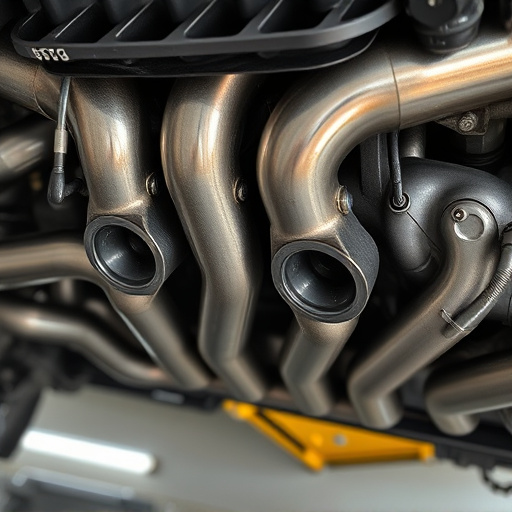
The brake master cylinder is a critical component in your vehicle’s braking system. It acts as the heart of this vital safety feature, pressurizing the brake fluid to enable effective braking when you apply pressure on the pedal. Understanding its function is key to identifying and addressing any issues promptly. A well-maintained brake master cylinder ensures optimal braking performance and enhances overall vehicle safety.
Common problems that can arise include leaks due to worn seals or cracks in the cylinder’s body, which may cause air to contaminate the fluid and reduce braking efficiency. Another issue is hydraulic failure, often occurring because of excessive heat from a poorly installed performance exhaust system or prolonged exposure to high temperatures during driving. High-performance parts, while improving your vehicle’s capabilities, can put additional strain on brake components if not matched with suitable maintenance. Regular inspection and timely replacement of worn brake components are essential to avoid these problems.
Steps to Repair Minor Damage: A Comprehensive Guide
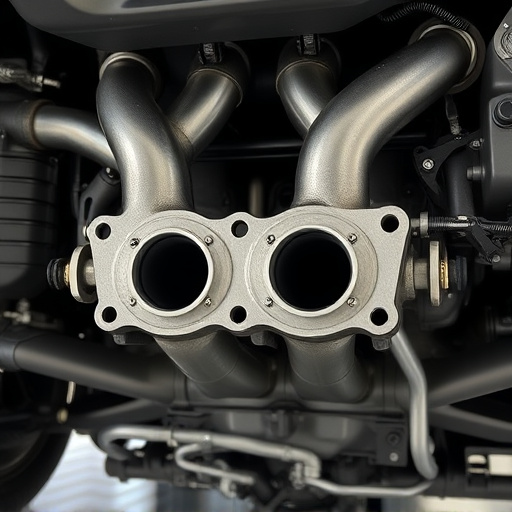
Repairing minor damage to your brake master cylinder (BMC) is a crucial task for any car owner to ensure safe and effective braking. This comprehensive guide will walk you through the steps to address common issues, prolonging the life of this critical component. First, assess the type and extent of the damage. Minor scratches or dents can often be repaired using specialized automotive body repair kits, similar to those used for fixing fenders or bumper panels. These kits typically include fillers, putty, and primers tailored for automotive applications.
For more severe cases where the BMC has sustained cracks or significant deformations, replacement might be necessary. It’s important to source a high-quality aftermarket part that matches your vehicle’s specifications precisely. While you can find various kits and components online or at auto parts stores, including intake components, cat back exhaust, or performance exhaust upgrades, remember to prioritize safety over aesthetic enhancements when it comes to the BMC. Regular maintenance checks and prompt repairs will contribute to better overall vehicle performance and enhanced safety during every drive.
Safety Precautions and Maintenance Tips for Future Reference
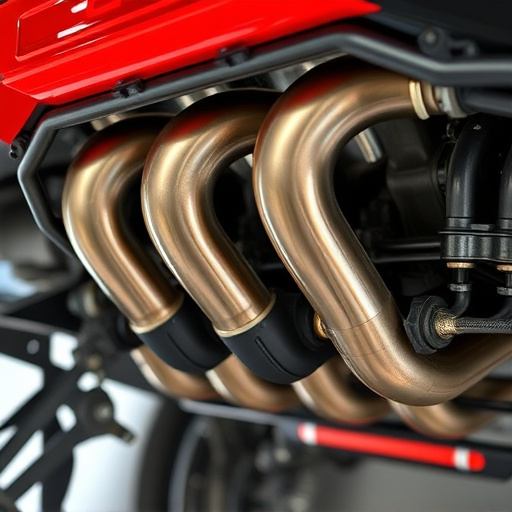
Before tackling any repair work on your vehicle, safety should always be your top priority. When dealing with the brake master cylinder or any other critical brake components, ensure you park your car on a level surface and apply the parking brake. This prevents accidental movement during the repair process, which could lead to serious injuries or accidents. Always wear safety gear, including gloves and eye protection, as some repair tasks may involve handling sharp objects or working with hazardous fluids.
Regular maintenance is key to preventing minor damage from becoming major issues down the line. Remember to check your brake rotors for signs of wear and replace them if necessary. Keep an eye on any leaks in the brake system and address them promptly to avoid contamination. Furthermore, consider replacing performance air filters at regular intervals as dirty or clogged filters can affect braking efficiency. By adhering to these simple safety precautions and maintenance tips, you’ll extend the lifespan of your brake master cylinder and ensure optimal vehicle performance.
Repairing minor damage to your vehicle’s brake master cylinder (BMC) is a feasible task for any car owner. By understanding the BMC’s role in your braking system and familiarizing yourself with common issues, you can effectively address small problems. Following the detailed steps outlined in this guide ensures a successful repair process. Remember, regular maintenance and prompt attention to minor damages can prevent more severe brake issues down the line. Always prioritize safety when working on your vehicle, and consider consulting a professional for complex repairs.
